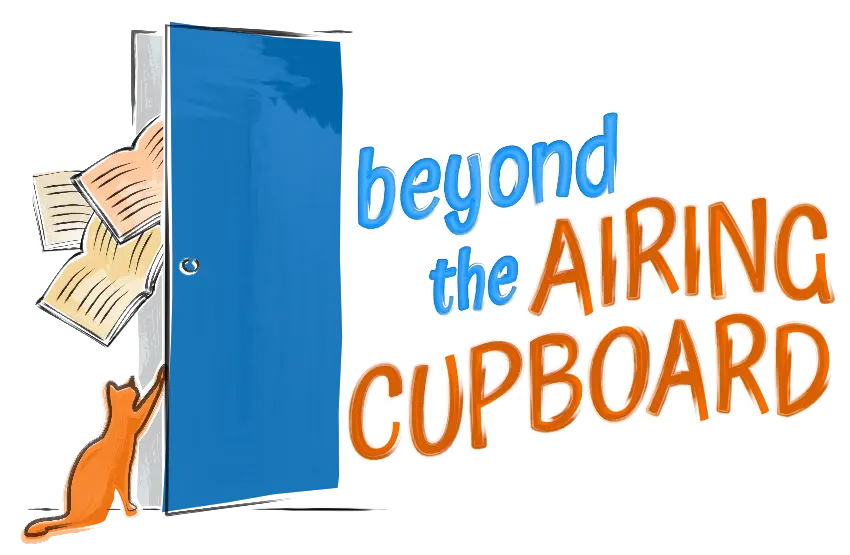I wonder how many of you received the book: ‘The Boy, the Mole, the Fox and the Horse’ for Christmas? It was Waterstones book of the year and is a very curious publication, picked up by an editor at the Ebury Press from various postings on Instagram. Interesting I think how various digital media actually feeds into new paper editions, rather than replaces them.

Anyway, this book is a series of drawings with a narrative that gently joins them together. It Is probably the most Christian book I have read without it mentioning anything at all about Christianity. You can of course accept Christian morality and values without having any religious belief at all but the one can sometimes lead into the other. Christmas is not in our thoughts for the next few months I know, but this book would make a lovely birthday gift … or maybe for Valentines Day? Alternatively, you might treat yourself as I happily did.
‘The Testament of Mary’ by Colm Toibin is provocative, haunting and, I found, quite disturbing. I include it here, as Ash Wednesday is quite early this year and I thought this book might provide a different sort of Lenten reading, definitely challenging so be warned!

This is a novel, looking at the happenings of the Easter story and beyond, all from the point of view of Mary the mother of Jesus. The language used is vivid and sometimes astringent and Mary is a tragic heroine rather than the long suffering and docile mother that we think we know. I simply put it out there. See what you think.
Do you know of Horatio Clare? He is an English writer of non fiction and I found him about this time last year. He writes about a wide variety of subjects but he does so in a poetic way, with a painterly eye and with a heightened awareness, an intense acuity that colours in the background and depicts all the detail with absolute clarity.

The book I would like to draw your attention to is: ‘Something of his Art,’ an account of the walk Bach took from Arnstadt to Lubeck in 1705, a distance of more than 250 miles, in order to hear the famous organist Dieterich Buxtehude. Clare replicates this walk with a couple of BBC sound engineers in his wake. His narration as they walk is first heard as slow radio on BBC Radio 3 before being made into a slim and engaging book. The author describes the countryside he is walking through and considers what has changed, or not, in the 300 years since Bach walked these paths. Who might he have encountered en route? Where and what might he have eaten? And, why was he prepared to undertake this lengthy and time consuming journey? There is plenty of time to consider and ponder as Clare metaphorically walks alongside Bach. I enjoyed following them; a delightful read.
Happy reading.
